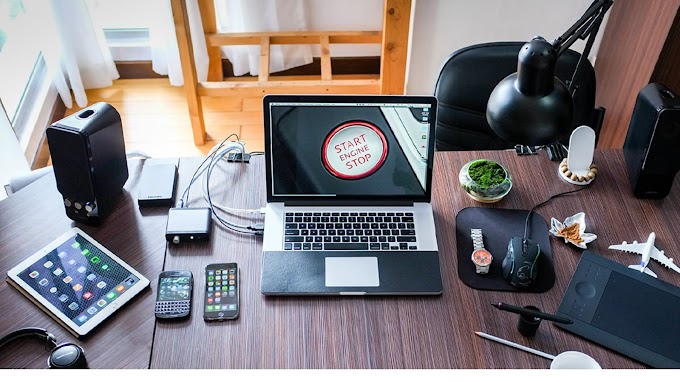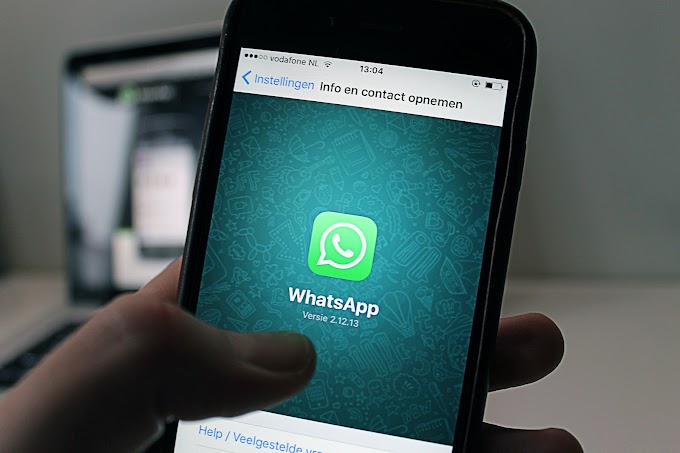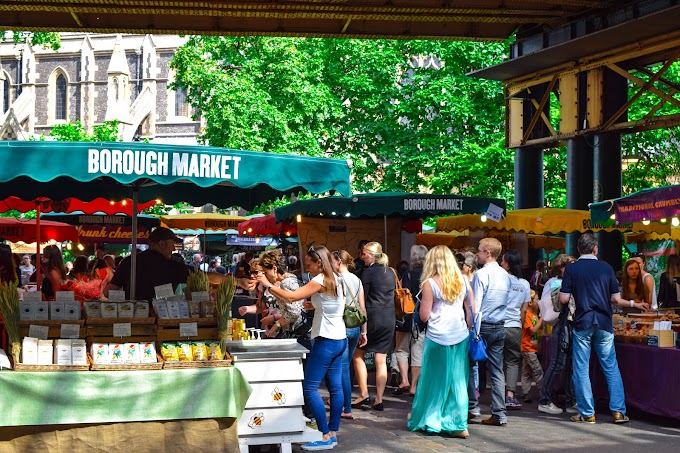Self-Checkout is a time- and money-saving payment service that allows customers to scan their items, weigh products, pack them, and pay for their transactions without being greeted by a clerk and having to wait at the checkout line. for a cashier. In 2021, US shoppers spent approximately $870 billion on online shopping, a 14.2% increase from 2020 and a 50.5% increase from 2019.
And that year, e-commerce accounted for 13.2% of all retail sales in the US. Even though the pandemic is not over in the US, more and more people are trying to return to their normal pre-pandemic life inside the containment facility and some of them are starting to shop in stores. However, when they shop in-store, they want to minimize time and interaction.
As a result, they are opting for fewer trips but larger shopping baskets, quick in-store and out-of-store convenience, and preferring more personal space and less interaction with staff. The market has developed rapidly. In 2019, the estimated value of the global self-checkout market was $2.8 billion.
In 2020, the estimated value was $3.2 billion, up 15%, and in 2021, the self-checkout market size reached $3.63 billion, up 13%. And the size of the self-checkout system market is expected to keep growing and is forecast to reach U7.8 billion.
dollars in 2027. Demands for more social distancing and shorter wait times are the key factors driving overall market growth during the pandemic. The growing number of self-checkout machines reflects the increasing size of the market. Global self-checkout shipments increased by 25% in 2020.
US installs are expected to grow 178% over the next two years. The supermarkets and hypermarkets segment generates the majority of revenue from the self-checkout system at 55%. The increase in shoppers and the need to maximize in-store staff efficiency while improving customer satisfaction has driven the increasing adoption of self-checkout systems. In addition, rising labor costs and requirements to improve space efficiency are contributing to the purchase of self-checkout machines in retail. The table above shows the payment service most Americans wanted.
Shoppers now prefer to choose the in-store transaction experience, and different generations have their own preferences and needs. Though their options vary, most of them are willing to try a non-traditional payment experience. Among them, nearly 90% of Gen Z look forward to non-traditional payments, while less than 50% of baby boomers and seniors are interested in non-traditional payment experiences. Generation Zi continues to be the generation that shows the most interest in
self-checkout at around 19%.
Generation X is the generation least interested in self-checkout. Over 10% of Gen Z, Millennials, Bridge Millennials, and Gen X expect a payment service like scan/pay by phone.
Another study by PYMNTS on the payment service people used for their most recent purchase found that 60% of Americans paid in line for their most recent in-store purchase, while 33% of shoppers used the self-service Checkout service and chose only 7% used mobile devices to pay. Of those who last used the traditional payment service, 33% considered checkout their only option and 40% considered checkout their regular use.
cashier lanee is faster and 25% of respondents think it's better to interact with employees. Of those who used self-checkout for their most recent purchase, 68% believe self-checkout is fast, 51% prefer the no-wait benefit of self-checkout, and 35% use self-checkout regularly, while 19% want social Keep your distance by using the self-checkout service.
18% want to protect their privacy and 17% prefer not to interact with employees. However, only 6% of respondents said self-checkout was their only option. How many retailers now support self-checkout? A Survey of the top 200 retailers by CouponBirds, a popular coupon website that offers consumer savings tips, shows that 41 retailers now support self-checkout, which is 21%. Most retailers are supermarkets, grocery stores, and convenience stores.
Among the major retailers offering self-checkout services are Amazon, Walmart, and Target. When you shop at Amazon Go stores, a technology called Just Walk Out lets you skip the checkout line by tracking all items you pick up and charging you as you leave the store. Just Walk Out is Amazon's advanced automated payment technology. And 46 percent of people with an Amazon Go shopping experience prefer to use self-checkout kiosks, outperforming shoppers who prefer
to use traditional checkouts. Target has self-checkout in 1,700 of its stores and says
that 33% of their customers use them. Last year, more than 1,000 Walmart stores across the U.S. switched to full self-checkout lanes, and Walmart wants most stores to have self-checkout lanes only this year. Although the use of self-checkout has increased greatly due to its benefits, there are still some obstacles. A study showed that 60% of consumers are less likely to use self-checkout when purchasing more than 25 items. 52% of consumers who buy fresh produce are less likely t use
self-checkout.
The installation of self-checkout systems has been spurred by the pandemic, and the size and usage of their market are expected to increase due to shoppers' desire to avoid interactions with others, social distancing and privacy requirements, and the advantage of time will increase. -Savings, reduced labor costs for retailers, etc. However, shortcomings such as high initial costs for retailers, risk of theft, potential customer confusion, and equipment issues should not be ignored. Therefore,
consumers should choose their online payment service based on convenience and their personal needs.


.jpg)


.jpg)
.jpg)







0 Comments